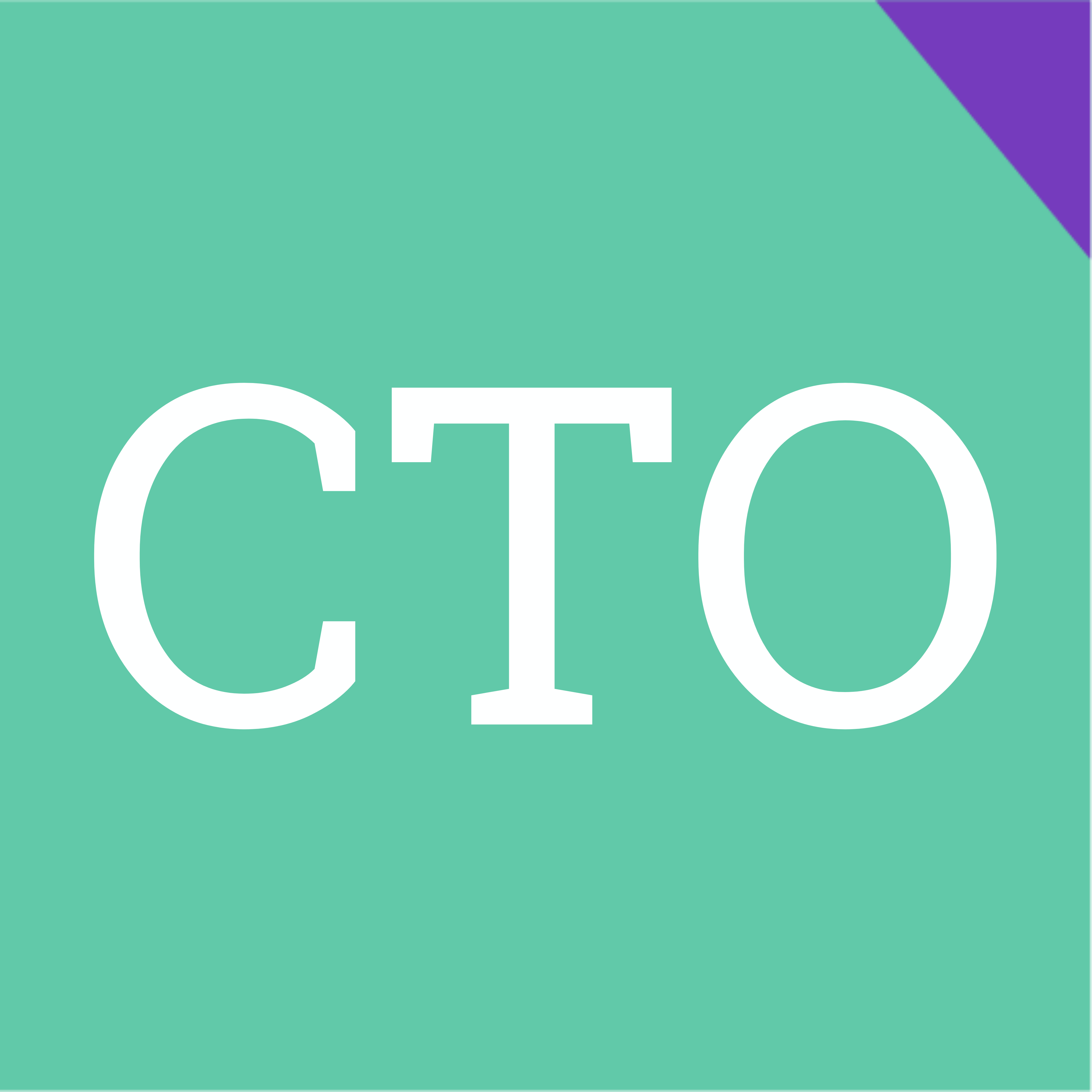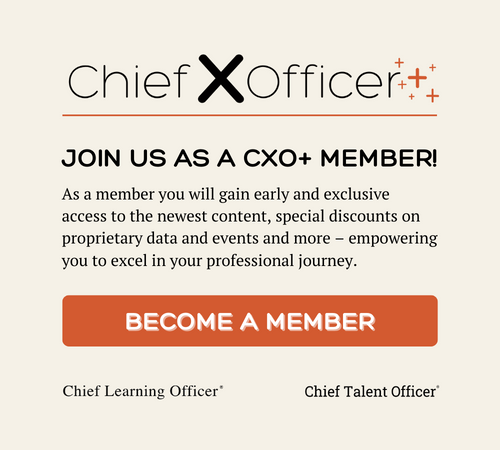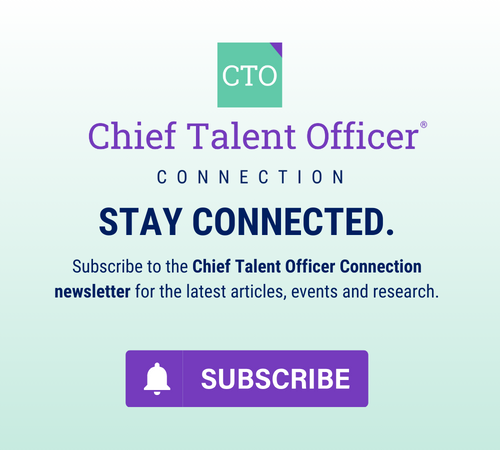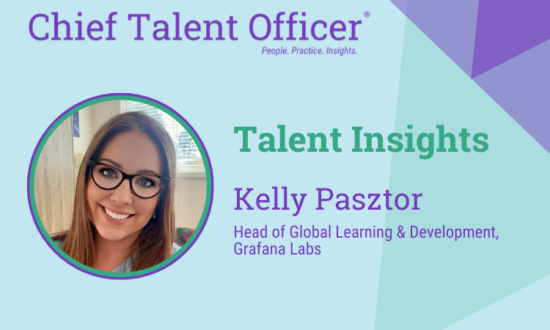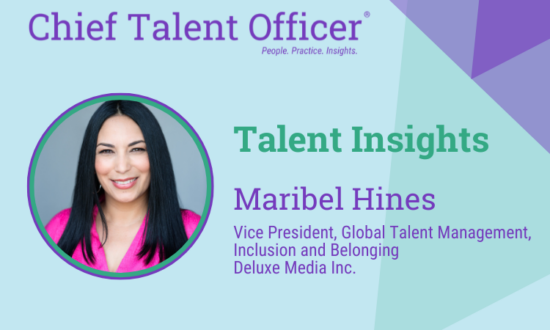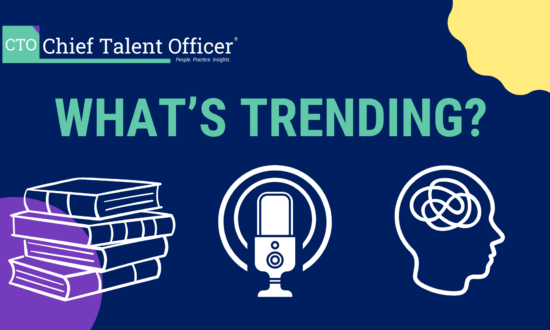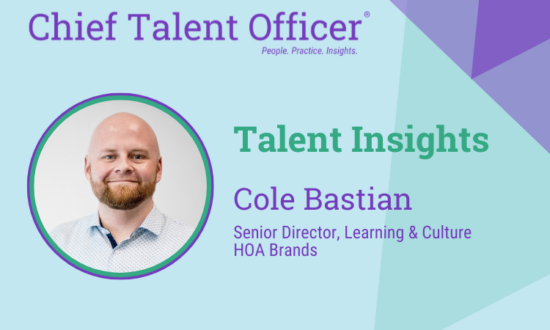Think about the future. When it comes to building an upskilling strategy for your workforce, deciding on the right balance of investments in technology, tools and programs — the most important things to think about — are the forces that will shape your business in the years to come. If you know what trends you think will most impact your business, it can guide the investments you make in upskilling and ensure they’re sustainable.
As the chief experience officer at Guild, a company focused on opportunity creation for America’s workforce, I work with some of the largest companies in the U.S. on their upskilling and career mobility programs. Each of them have unique needs that are specific to their business or industry — think of a health care employer focused on creating a stronger nursing talent pipeline, or a retail employer focused on recruiting and retaining a fulfilled and upwardly mobile workforce.
Each of these companies, though, is focused on how larger trends shape their investments. With that in mind, here are three trends that are likely to shape companies’ upskilling investments — and some ways to adapt strategies to make them sustainable.
Trend 1: The talent gap
You can pick from a slew of metrics — slowing legal immigration, 73 million retiring Baby Boomers in the next seven years, millions of current open roles — and all of them point to the same thing: A persistent talent shortage that is likely to intensify in the years to come. Unfilled roles and departures from the workforce present a serious strategic challenge, as many of the employer partners we talk to at Guild can attest.
One sustainable solution is making investments in coaching and formal mentorship programs that build and share institutional knowledge and skills. The most important word here is “formal” — if it’s not done thoughtfully, any investment in coaching or mentorship programs can be a waste of time and resources.
However, we’ve seen a clear return on investment when organizations invest in programs that can create career and social capital for their employees. Career coaching programs and mentorship can help employees navigate to the next level in their careers. Coaching also ensures that investments your company makes in technology around learning is the most effective for your workforce.
Trend 2: Half-life of skills
There’s a tendency to lump the rapid arrival of AI in with a discussion on skills, but first let’s focus on skills — all skills. The average half-life of skills is now less than five years, and even lower than that for fields that are heavily focused in technology. The World Economic Forum predicts 44 percent of all jobs will require some reskilling or upskilling in the next two years.
The implication for cultivating a sustainable upskilling strategy is that leaders must build ways to help your workforce and your business adapt faster than ever. That means looking at upskilling programs that are speedier, shorter and potentially stackable (e.g. they add one skill or concept and build toward a larger program).
These are programs like technology bootcamps, for example, that equip your workforce with new skills on a faster timeline. Investing in programs that deliver skills quickly can help your workforce maintain their career momentum and propel your business.
Trend 3: The rapid adoption of AI
We couldn’t avoid AI, could we? AI’s rapid adoption is nothing short of stunning — and with still much unknown about what it will mean for businesses. What’s certain is that it is an important trend that will change the way we work with significant implications for upskilling and talent management.
To create a sustainable upskilling program that addresses AI, the most important thing to do is focus on those who are likely to be most impacted and impacted first. McKinsey and Co. predicts that low-wage workers, those making $38,000 or less, are 14 times more likely to lose their jobs because of AI advancements.
For companies committed to upskilling, beyond investing in AI-specific skilling itself, employers should help their workforce think proactively about where they can incorporate new technology. Research shows that when AI is fully ingrained, it will increase productivity — and create more jobs and economic opportunity. Helping your workforce think about how fast-changing technology can improve their work and increase their impact is ultimately a huge part of upskilling. It makes your workforce more adaptable and nimble.
The skill of learning
One thing all these trends have in common: They require learning. And that, itself, is the most sustainable investment any company can make in the upskilling space.
The “skill” of learning will power your workforce through a period of rapid change and technological advancement. It will also ensure any investment you make in skills development, employer-backed education programs or coaching and mentoring is far more likely to resonate within your business.
While this investment is more cultural, it creates compounding gains. The more your workforce is equipped to learn, the more likely it is to be able to adapt and think about the future.

